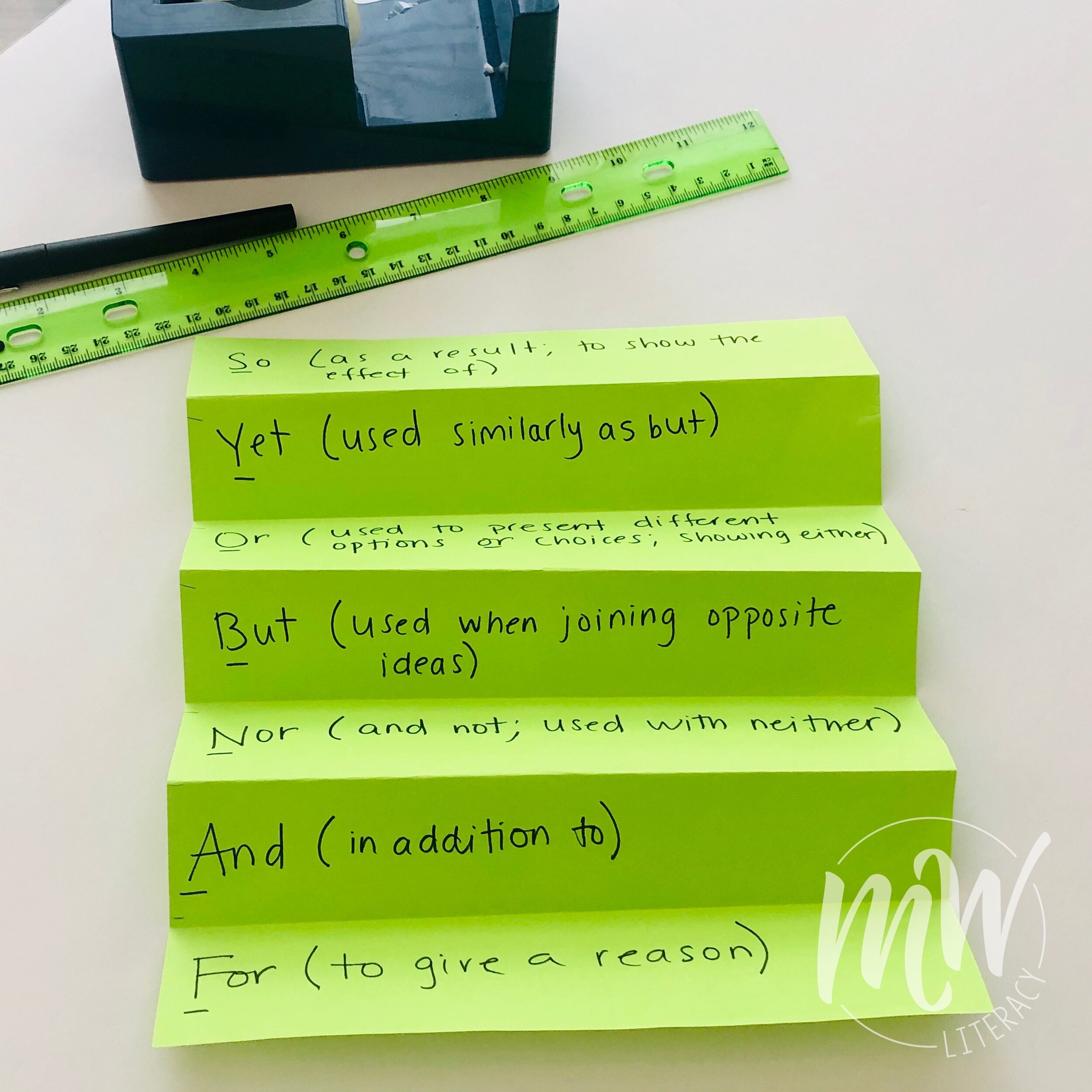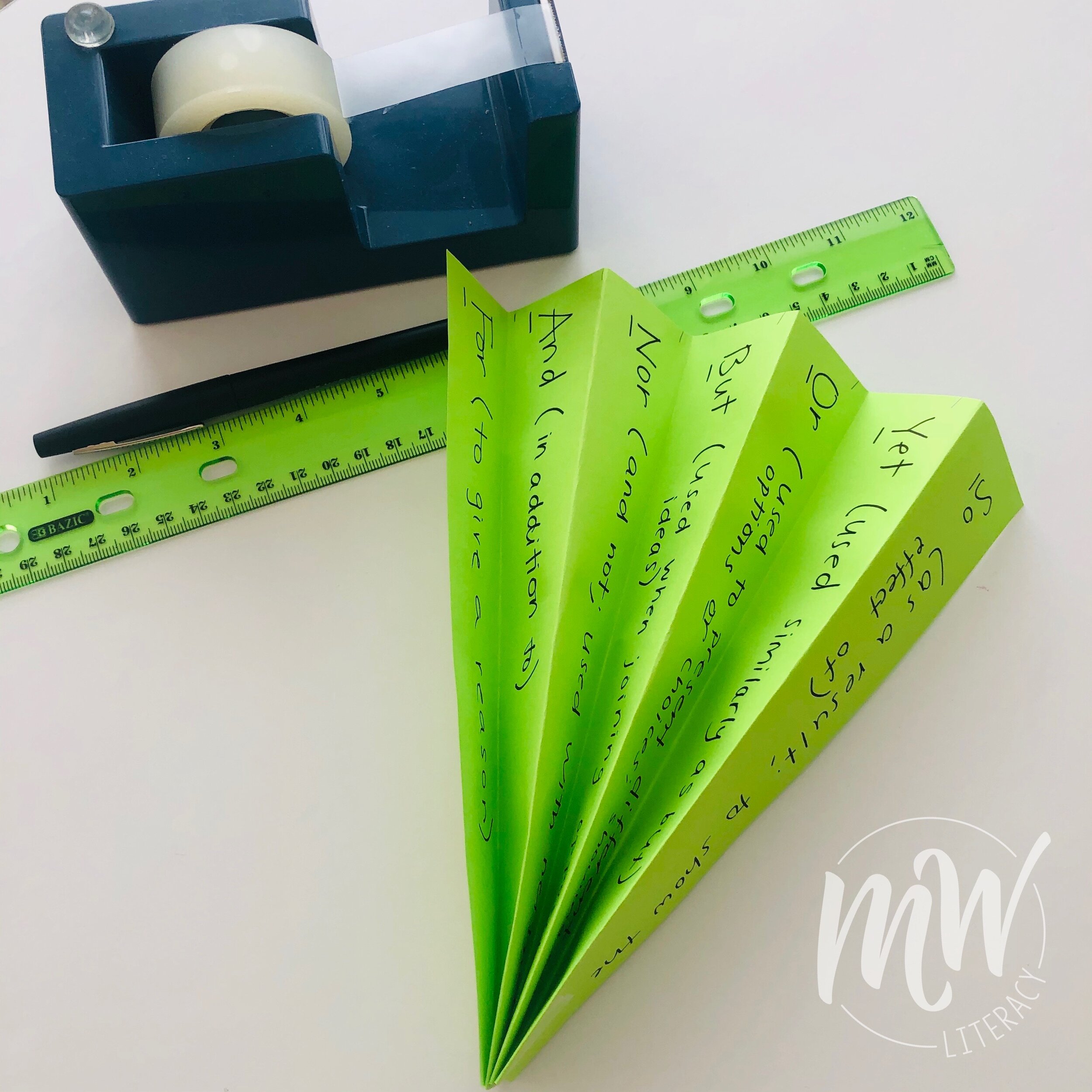We know that the long a sound spells its name. But how many ways are there to spell this long vowel sound? I teach EIGHT different ways to spell the long a sound.
Knowing these different spelling patterns for this one sound is vital in developing phonemic awareness that will support students on their journey of becoming strong, confident, and fluent independent readers.
As students move from picture-heavy readers to more text-heavy books, they need to be equipped to confidently tackle words without guessing or using pictures. Targeted phonics instruction will not only help students decode more fluently, but students who have strong decoding and fluency skills also comprehend what they read more efficiently.
In this post, I list each of the eight spelling patterns as well as when each spelling pattern is most likely to be used.
a
Can spell the long a sound at the end of a syllable. Ex: acorn
a-e
Can spell the long a sound when the silent final e makes the a say its name. Ex: cake
ai
Can spell the long a sound at the beginning or in the middle of a word. Ex: aim; rain.
ay
Can spell the long a sound at the end of a base word. Ex: play
ea
Can spell the long a sound in the middle of a word. Ex: break
ei
Can spell the long a sound in the middle of a word. Ex: their
eigh
Can spell the long a sound at the beginning, in the middle, or at the end of a word Ex: eight; neighbor; sleigh
ey
Can spell the long a sound at the end of a word. Ex: hey
For targeted practice with the different spelling patterns of the long a sound, check out this decodable reading resource in my shop.
STAY CONNECTED




